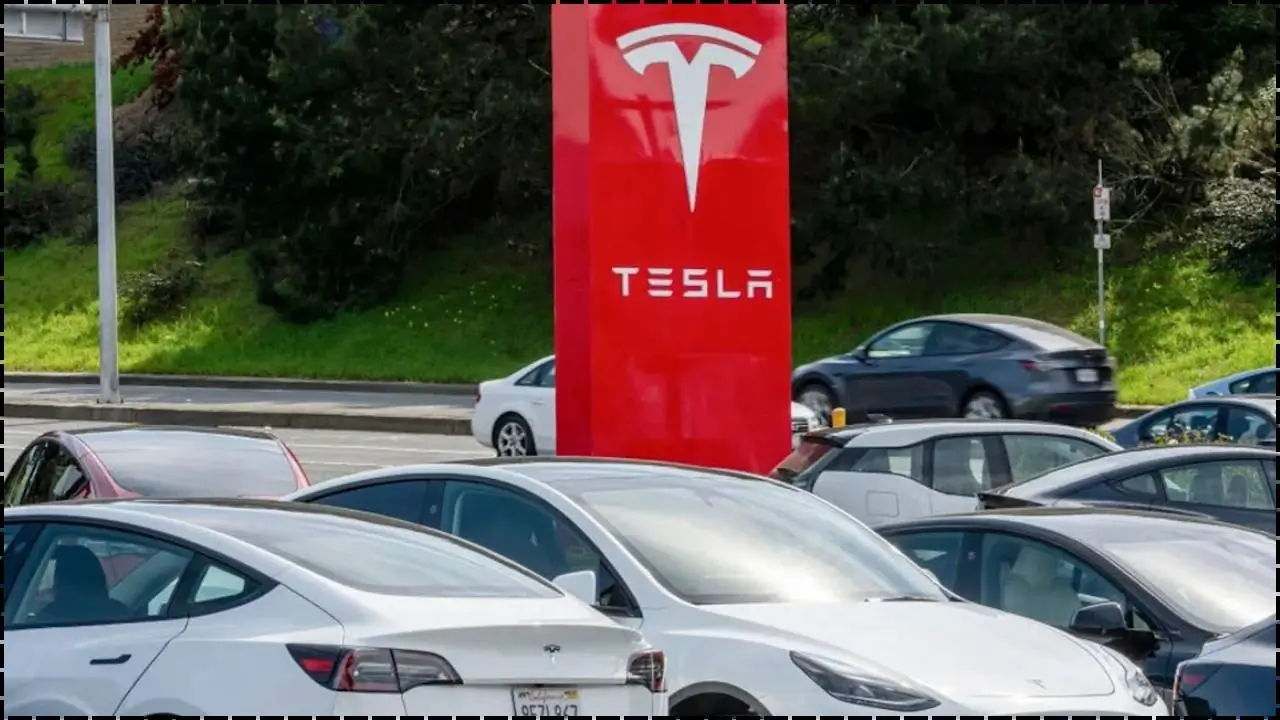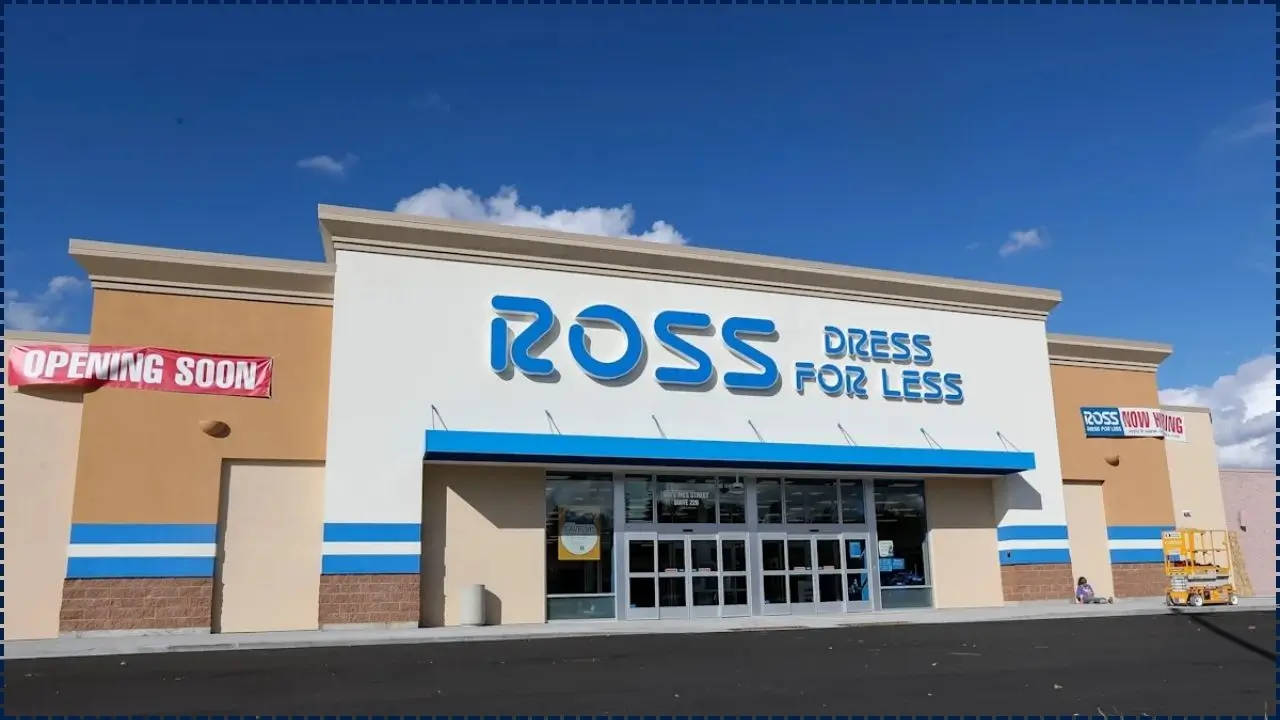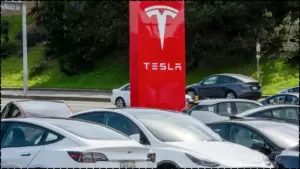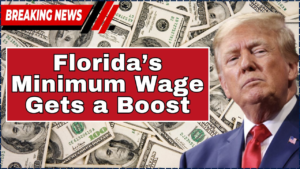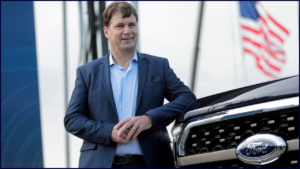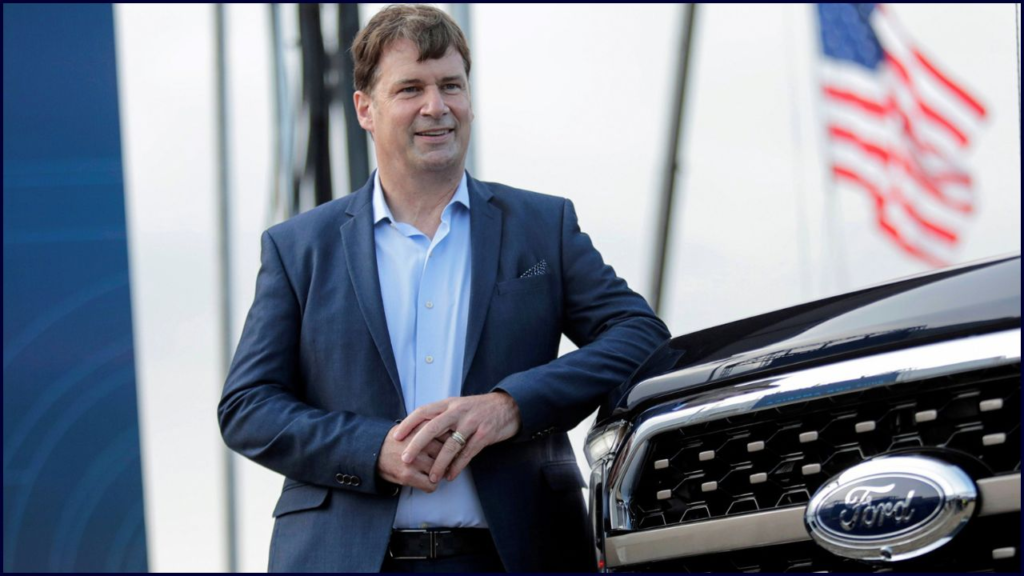
Ford CEO Jim Farley has turned to a century-old strategy pioneered by the company’s founder, Henry Ford, to tackle today’s labor challenges. By increasing wages and improving working conditions, Farley aims to address worker retention issues, ease union tensions, and strengthen Ford’s position in the highly competitive auto industry.
Table of Contents
Jim Farley’s Revitalization of Henry Ford’s Labor Model
| Key Fact | Detail |
|---|---|
| Wage Increase | Ford has increased wages for workers, mirroring Henry Ford’s historic $5/day wage in 1914. |
| Temporary to Full-Time | Farley’s model converts temporary workers to full-time, providing more benefits. |
| Skilled Labor Shortage | Ford faces a projected shortage of 3.8 million skilled workers by 2033. |
Reviving Henry Ford’s Labor Strategy: A Modern Solution to Age-Old Problems
In 1914, Henry Ford introduced a groundbreaking initiative by doubling wages for his workers to $5 per day, an unheard-of move at the time. His goal was to increase productivity, reduce turnover, and enable workers to afford the cars they built. Nearly a century later, CEO Jim Farley has drawn on this historic move to address pressing issues within the company.
Ford’s wages were revolutionary. In the early 20th century, many industrial workers in the United States were paid meager wages, often barely enough to survive. Henry Ford’s $5/day wage not only increased worker morale and productivity, but it also reshaped the broader industrial landscape. Workers, empowered by higher wages, were able to spend more on products like automobiles, creating a consumer-driven cycle of prosperity that benefited both workers and businesses.
Today, the labor landscape is far different, but similar challenges remain. The rise of automation, shifting global manufacturing practices, and the increasing demands of younger workers for more equitable pay and better working conditions have all placed pressure on companies like Ford.
Addressing the Skilled Labor Shortage and Worker Demands
One of the biggest challenges facing Ford, and the manufacturing industry as a whole, is the skilled labor shortage. By 2033, the U.S. is expected to face a shortfall of 3.8 million skilled workers. This shortage is particularly problematic in the automotive sector, where the demands for specialized knowledge in electric vehicle (EV) manufacturing and advanced robotics are rapidly growing.
Farley’s approach includes a focus on vocational education and the expansion of apprenticeship programs. He advocates for a training system similar to Germany’s, where experienced workers mentor apprentices, ensuring that the next generation of workers is properly skilled. “We need to rethink how we train and value skilled trades,” Farley emphasized.
The move to enhance vocational training resonates with broader societal trends. Many young Americans are now choosing paths in technology, healthcare, or finance, rather than traditional manufacturing roles. Farley’s vision is to make manufacturing jobs more attractive by offering competitive wages and robust benefits, helping Ford tap into a younger workforce. Additionally, by converting temporary workers to full-time status, Ford aims to provide stability and career development for those who might otherwise seek employment elsewhere.
Union Tensions and the Role of Compensation in Labor Relations
The labor dispute between Ford and the United Auto Workers (UAW), culminating in the 2023 UAW strike, underscored the growing tensions between unions and automakers. The strike, which resulted in a 25% wage increase for workers and the elimination of the two-tier wage system, reflected the increasing demands for fair compensation and improved job conditions.
Farley, who played a central role in these negotiations, recognizes that addressing wage disparities and improving working conditions are crucial to sustaining long-term labor peace. The UAW’s focus on fair wages and job security aligns with Ford’s modern adaptation of Henry Ford’s legacy. By offering full-time positions to temporary workers and providing substantial bonuses and comprehensive healthcare, Farley aims to ease the concerns of labor groups while maintaining Ford’s competitive edge in the industry.
“We understand that the landscape of labor is shifting,” Farley said. “It’s not just about building cars anymore. It’s about creating an ecosystem where workers feel valued and can envision a future with us.”
The Broader Impact on the Auto Industry
Ford’s decision to increase wages and invest in workforce retention is not occurring in isolation. Many industry experts are watching closely to see whether this model will influence other automakers. The automotive sector is currently facing a period of significant transformation, particularly with the shift toward electric vehicles (EVs), which require a different set of skills and expertise. Companies like General Motors and Stellantis may soon follow suit, recognizing the need to keep their workforce satisfied as they navigate this transition.
The shift toward EVs also plays a crucial role in labor discussions. Electric vehicles require less complex manufacturing than traditional internal combustion engine cars, potentially reducing the number of workers needed for production. However, to make this shift successful, automakers need skilled labor capable of working with advanced technologies. This is why Farley’s push for vocational training is so essential for Ford’s long-term strategy.
Farley’s Leadership: The Drive Behind Ford’s Transformation
Farley’s approach to labor relations and his broader vision for Ford are not without challenges. However, his leadership style is characterized by a willingness to innovate and adapt. Unlike his predecessors, who were primarily focused on product and technological innovation, Farley’s strategy includes a significant emphasis on workforce sustainability.
Farley, who took over as CEO in 2020, has already overseen significant changes at Ford. His leadership has prioritized not only innovation in vehicle design but also the well-being of Ford’s employees, understanding that a happy and engaged workforce leads to better results. “I’m focused on creating an environment where people feel they are building something bigger than just a car. They are building a future,” Farley remarked.
His approach is a reflection of broader changes in corporate leadership, where CEOs are increasingly expected to focus on social responsibility, employee welfare, and environmental sustainability. Farley’s actions align with a growing trend of corporate leaders who acknowledge their company’s broader societal responsibilities.
Challenges and Criticisms: Is There a Downside?
Despite the benefits, Farley’s strategy isn’t without its critics. Some argue that increasing wages and offering better benefits may hurt Ford’s bottom line, especially as the company faces the rising costs associated with the shift toward EV production. Additionally, some skeptics question whether this model is sustainable in an era of increasing automation, where fewer workers may be required for production.
Moreover, there are concerns about automation’s impact on labor in the long run. While Farley’s current approach is designed to address immediate labor shortages, the transition to automated and electric vehicle production could render many traditional manufacturing roles obsolete. The potential for job displacement is a significant concern among unions and labor advocates, who fear that automation might leave behind lower-skilled workers who have not been adequately retrained.
Looking Forward: The Future of Ford’s Labor Strategy
As Ford continues to navigate these complex challenges, Farley’s efforts to boost wages and improve working conditions signal a broader shift within the industry. While automation may reduce the number of workers required in certain areas, the demand for skilled workers is expected to remain strong, particularly in the EV sector. Ford’s labor strategy, therefore, focuses not only on increasing wages but also on fostering a culture of innovation and ongoing education to prepare workers for the future.
“The future of work is changing,” Farley said. “But what won’t change is our commitment to our people. We’re going to keep investing in our workers, because they’re the foundation of Ford.”
Conclusion
By drawing inspiration from the past, Jim Farley is attempting to set a new standard for labor relations in the automotive industry. His approach, which centers on higher wages, better benefits, and a renewed emphasis on training, aims to improve Ford’s workforce retention and strengthen the company’s relationship with unions. While challenges remain, Farley’s revival of Henry Ford’s labor model may provide the foundation for a more secure and competitive future in the auto industry.

